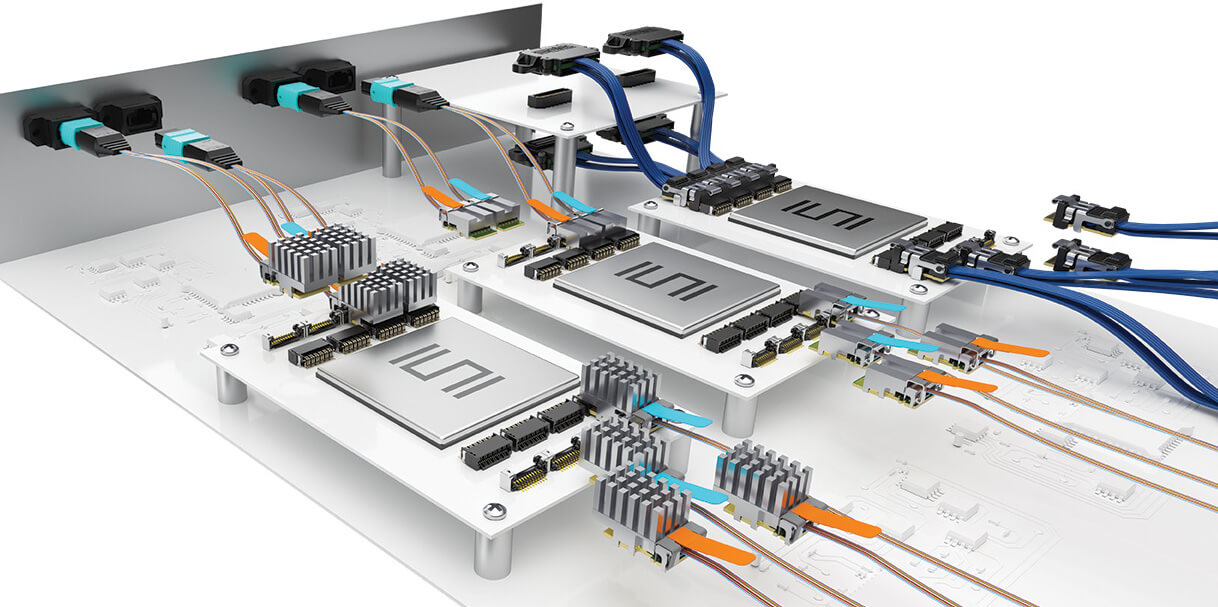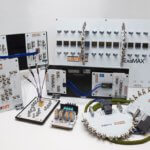
Recently my family and I took a road trip, and during the five hour car ride my smart watch dies. I began searching for the charger and while doing so my husband causally said, “You know, your phone can charge your watch, right?” Obviously, I had no clue! He explained that I needed to click on “PowerShare.” As these two smart devices connected, I began thinking: how in the world is this possible? I started googling and began reading about wireless power.
What is wireless power and how does it work?

Technology advances in wireless power transfer is big news in the 21st century, however wireless power was first proposed in the 19th century by physicist pioneer, Nikola Tesla. Tesla theorized that electricity could be transmitted wirelessly through the air and at long distances to power objects. Tesla’s innovative idea at the time, the Tesla coil gave birth to how wireless power technology is shared and used today with modern engineers using a similar approach.
Whether it’s a smart phone or a smart watch, a wireless charging device or accessory is designed with an electromagnetic coil positioned inside. These electromagnetic coils are basically an induction coil in a charging base, which creates an antenna-like magnetic field that sends energy to the phone. But how does the phone catch this electromagnetic energy? — through a receiver.
Inside the phone is an even smaller electromagnetic coil that receives the energy thrown out by the induction coil and transfers that energy back into the phone’s battery. One risk of wireless power transfer is the EMI (Electromagnetic Interference) which can adversely affect other systems. The power transfer and any related EMI is controlled by the coupling of the coils.
EMI and Samtec
Uncoupled energy from wireless charging is just one example of unwanted electromagnetic energy. High-speed and high-frequency interconnects can act as antennas either emanating or receiving said energy. At Samtec, we design our interconnect solutions to minimize EMI/EMC susceptibility and emissions. Working both in-house at our Signal Integrity Group and through various partners, Samtec simulates, tests and measures its interconnects using methods such as:
- Raw cable shielding tests
- HFSS Shielding Performance
- TRP Simulation Models
- Shielding Room/Dual Reverb Chambers (video below)

Several connectors/cables that have been tested include:
Samtec’s newly updated SI Handbook also provides an overview of EMI and our SI experts are here to assist your SI questions. Contact [email protected] for more information.
What’s the future hold for wireless power charging?
We see advancements in wireless charging being made each year. Eventually, we may see phones with smaller and stronger receivers, allowing them to pick up energy even if the phone is a little more than off-kilter from the wireless charger.
Tesla had hoped to one day use this invention to create a wireless power grid to use his inductive charging on a broader scale. While this never happened in his lifetime, it’s very close to the way we wirelessly currently charge our smart devices.


Leave a Reply